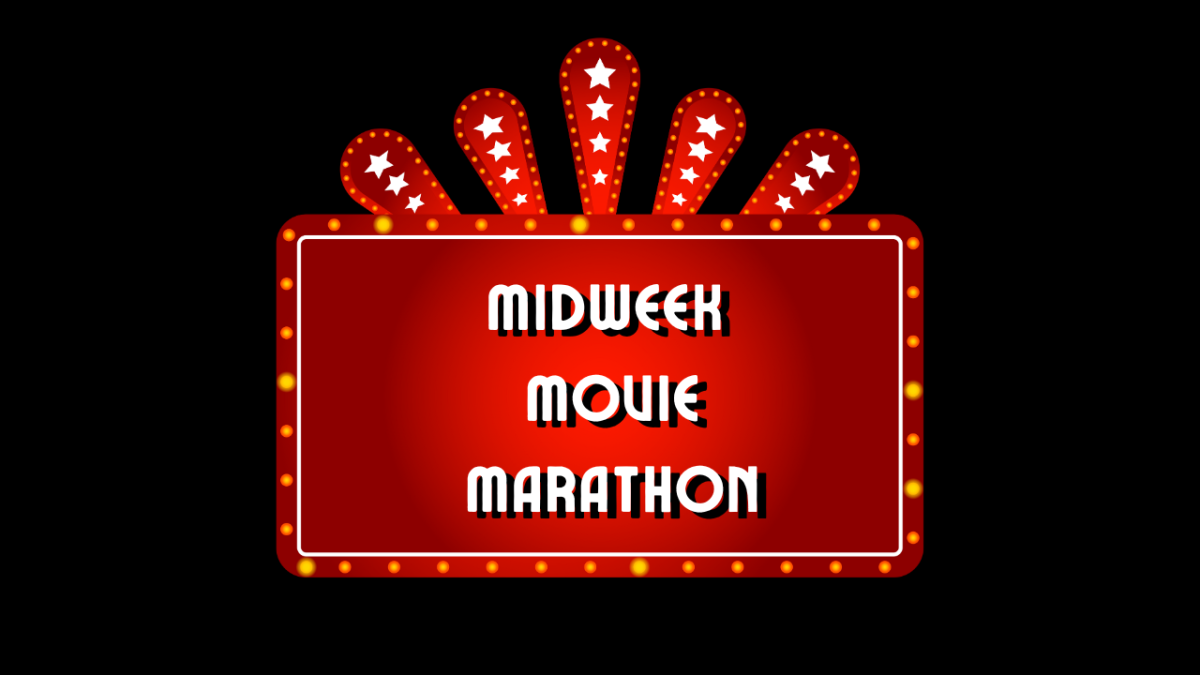With Women’s History Month well underway, discussions of the portrayal of female characters in books are at a peak. Notable feminist figures in literature include Jo March, Katniss Everdeen and Hermione Granger. The author of “Daisy Jones & The Six,” Taylor Jenkins Reid, attempted to add another character to this list – however, she fell short.
Daisy Jones & The Six takes place from 1965-1979. Opening in LA, Reid introduces us to feisty and fiery 14-year-old Daisy Jones. Daisy falls into the rock’ n’ roll concert drug scene ever so common in the ‘60s and ‘70s. Immediately in love with music, she begins to write songs and works with a famous producer to release her first album.
Meanwhile, brothers Billy and Graham Dunne dream of starting their own rock band. They collect members Warren Rhodes, Eddie Loving, Pete Loving and Karen Sirko. They decide to be known as “The Six.”
Shortly before touring their first album, Billy learns his girlfriend, Camila, is pregnant. This leads the pair to quickly get married. Once on tour, under the immense pressure of being present for his pregnant wife and future child, Billy is revealed to be an alcoholic. When Camila discovers his less-than-ideal activities on tour, Billy quickly gets sober.
“The Six” connects with Daisy through the same producer, who had the idea for them to do a joint album. After quite a bit of battle between Daisy and Billy’s stubbornness and resistance to working together, their album “Aurora” rocketed up the charts, leading the band on yet another headlining tour. They then became “Daisy Jones & The Six.”
The “Aurora” tour would become the demise of “Daisy Jones & The Six.” Ultimately, Daisy and Billy’s confusing battle of a love and hate relationship, Daisy’s drug problems and issue of underrepresented band members were just too much for the band to juggle.
“Daisy Jones & The Six” is widely renowned as a masterpiece of a book. Taylor Jenkins Reid has received no shortage of pats on the back from her loving fans. I, too, identify as one of said “loving fans.” I read “The Seven Husbands of Evelyn Hugo” and fell in love with Reid’s writing. When I tell you I was stoked to read “Daisy Jones & The Six,” I really was. Reading this book was a bigger letdown than I could’ve ever imagined.
The biggest reason this book fell short for me was the unconventional format. This book is written in interview format, collecting interviews from anyone involved in the fictional band “Daisy Jones & The Six.” It is important to note that these interviews take place more than thirty years after the events of the “Aurora” tour – which is precisely the reason I dislike this book so much.
An interview format is an interesting concept, however, the execution is where I dislike it. The length of time between the events and the actual interviews provides such an extreme disconnect between the characters and their emotions of their time with the band. The events in the book are certainly not short of drama and emotion, however, the poor execution of this interview format sucks any potential out of telling a captivating story.
The other reason this story didn’t land right with me is the characters. I am all about a complex and unlikeable character. In fact, I enjoy it. However, the two main characters, Daisy and Billy, were so incredibly unlikeable that the book was almost painful to read. There are ways to make characters have flaws without making them so annoying to the point where I want to put the book down. When put together in the same scene, they become even more infuriating.
I am particularly disappointed in the execution of Daisy’s character. She had so much potential to be a strong feminist inspiration for young girls, plowing her way through the male-dominated music industry in the ‘60s and ‘70s. However, her complete inability to work with other people and her need for everything to go exactly her way is not helpful for the portrayal of women in male-dominated spaces.
However, I will give credit where credit is due. My absolute favorite part of this book – and those are few and far between – is the relationship between Camila and Daisy. While I mentioned that Daisy isn’t the opportune feminist icon, the groundbreaking feminist plot point of the relationship between Camila and Daisy almost makes up for it.
It is well known that historically women have been pitted against each other in literature with no clear reason but to entertain consumers. Reid skillfully breaks this common theme with Daisy and Camila. Daisy’s blurry relationship with Billy easily sets Reid up to pit two women against each other. However, I am delighted to say that is not what she did at all. Daisy and Camila handle a situation where they both could’ve easily lashed out at each other with poise and maturity – a maturity that is lacking from the majority of the characters throughout the rest of the book.
I am incredibly disappointed by this book. The actual story – not the story-telling – is incredibly interesting and would’ve made an amazing book with a different execution by a different author. If this story was written in real-time, it would’ve been much more enjoyable.
If you like boring and unemotional story-telling, I have good news. I have just the book for you!












